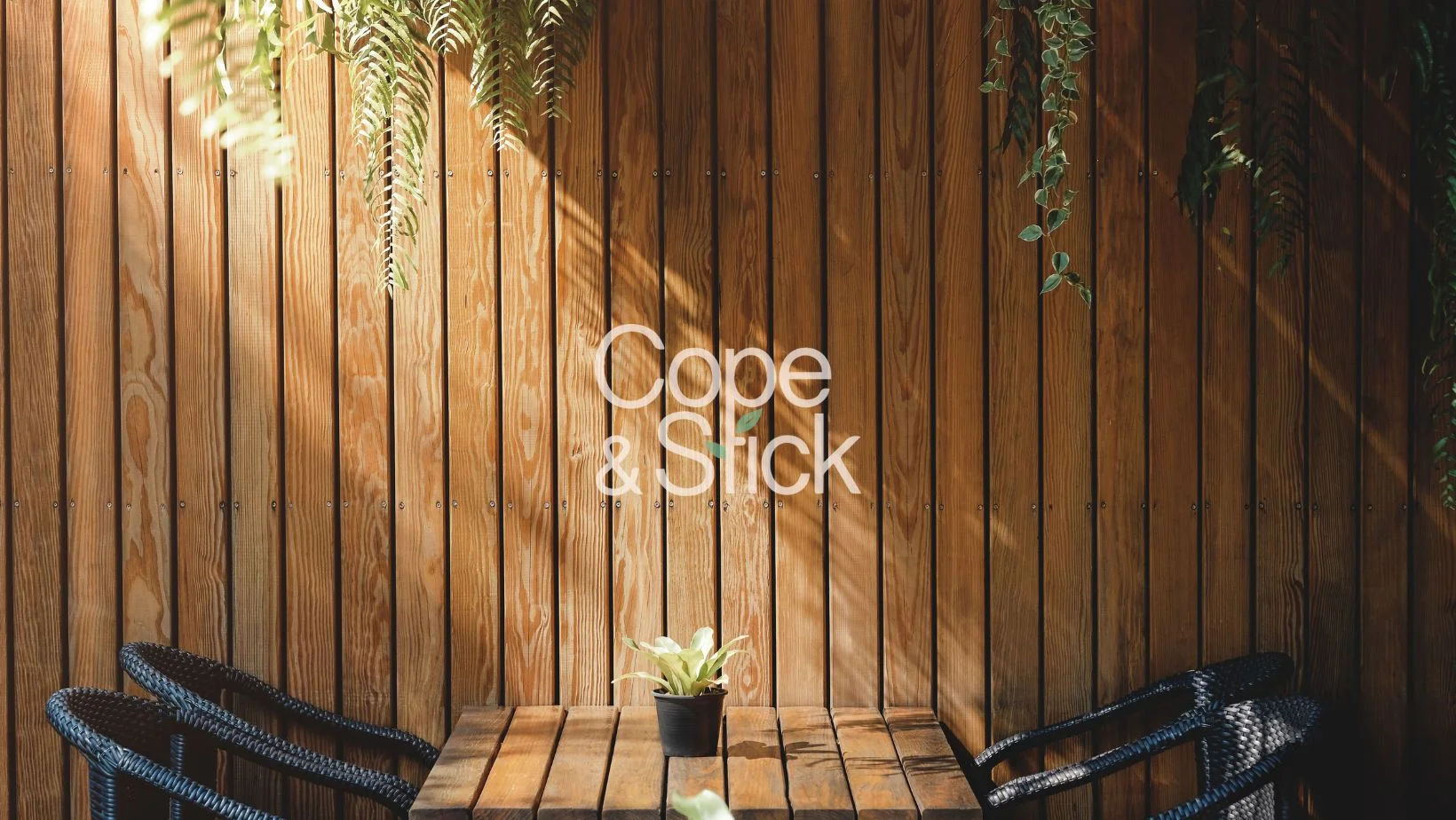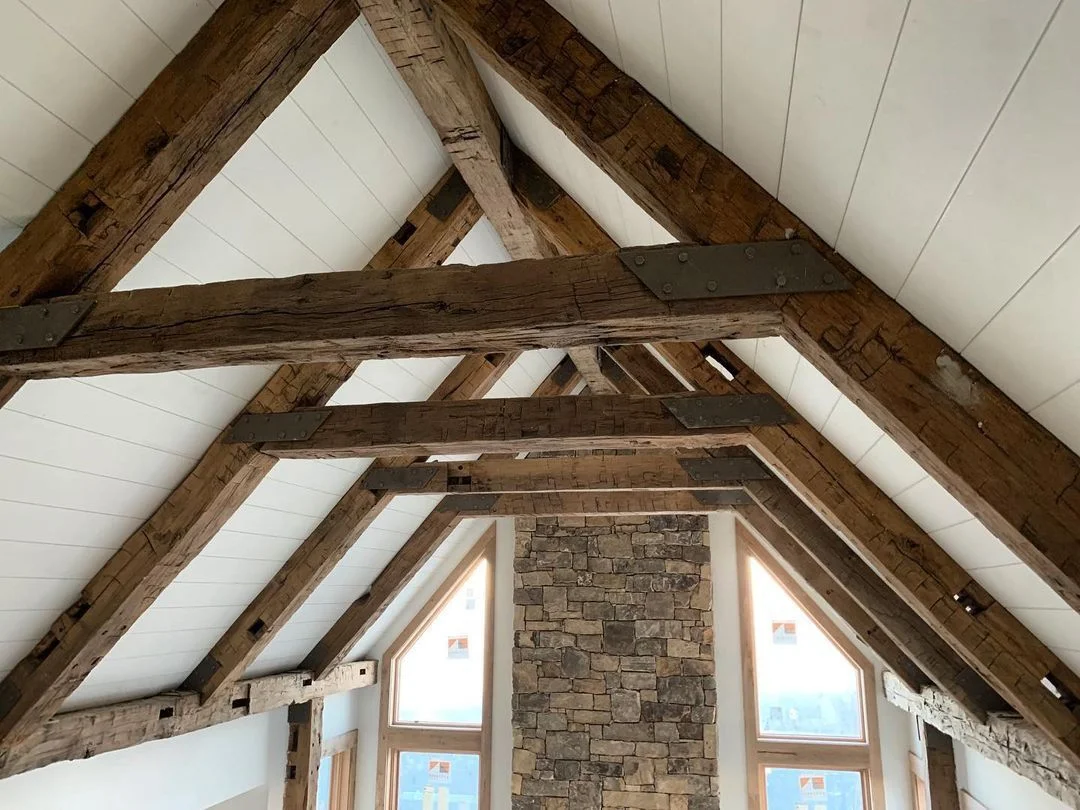Restoring your wood floors to their former glory is one of the most satisfying home improvements you can make. Over time, foot traffic and other sources of wear and tear can damage hardwood floors. The good news is that you may not always need a specialist’s assistance to repair scratches on your wood flooring. Read on to learn how to fix scratches on wood floors and tackle yours with the necessary tools, materials, and patience.
Understanding the Importance of Well-Maintained Wood Floors
Wood floors bring warmth, character, and value to any home. They are durable, long-lasting, and timeless. But like any surface, they require proper care to maintain their charm. A well-maintained hardwood floor not only enhances the aesthetic appeal of your home but also increases its overall value. Floor scratches, however small or minor, can dampen the wood’s natural beauty and elegance, making the entire room look worn out and less inviting. That’s why it’s crucial to address scratches promptly and keep your wooden floors in top-notch condition.
Identifying the Type of Scratch
Superficial Scratches
Superficial scratches are those that only affect the surface of your wood floor’s sealant. They are easy to repair since they haven’t penetrated the actual wood. Usually, a simple touch-up with a blending pencil or wax stick can help hide these floor scratches effectively.
Minor Scratches
Minor scratches are a little deeper than superficial ones but have not yet reached the core of the wood planks. You might need to use slightly heavier-duty materials like wood stain or a DIY solution made of vinegar and olive oil for these types of scratches.
Deep Scratches
Deep scratches are the most severe type. These scratches have penetrated the wood’s surface and reached down to the core. Deep scratches require more intensive repair methods, such as using wood fillers, sanding, and refinishing the affected area.

Materials Needed for Scratch Repair
Blending Pencils
Blending pencils are an excellent tool for disguising superficial scratches on your wood floors. They come in various shades, allowing you to pick one that closely matches your floor color. When used correctly, they can make the scratch virtually invisible.
Wax Sticks
Wax sticks work similarly to blending pencils but are better for filling in deeper scratches. They are easy to apply and can be buffed to blend seamlessly with the rest of your floor.
Coconut Oil
Believe it or not, coconut oil isn’t just for cooking! This versatile product can help minimize the appearance of small scratches on your wood floors. The oil seeps into the scratches, darkening them so they blend in with the surrounding wood.

Apple Cider Vinegar and Olive Oil
A homemade mixture of apple cider vinegar and olive oil can be a cost-effective solution for minor scratches. The acidity of the vinegar cleans the scratch, while the olive oil helps to restore the wood’s natural color and shine.
Wood Stain
For deeper scratches, you might need to consider using a wood stain.
Wood stains come in various colors and can be matched to your floor for a seamless repair. They not only cover the scratch but also protect the wood from further damage.

Protective Coating
A protective coating, usually water-based, is applied after repairing the scratches. It adds an extra layer of protection to your floors, preventing future scratches and other wear and tear.
Wood Filler
Wood filler is your go-to material for deep scratches and gouges. After applying it to the scratch, you can sand it down and finish it with a matching stain and protective coating for a flawless touch.

How to Repair and Restore Your Wood Floors
Step 1: Clean the Area
Start by thoroughly cleaning the scratched area with a soft cloth to remove any dust or debris. This ensures that your repair materials will adhere properly to the wood.
Step 2: Identify the Severity of the Scratch.
Examine the scratch to see if it is superficial, moderate, or deep. If you can identify this, then it’ll be easier to choose a repair technique.
Step 3: Choose the Appropriate Method for Scratch Repair.
- For Superficial Scratches
If the scratch is small and superficial, a blending pencil or wax stick should do the trick. Simply color in the scratch, making sure to stay within its boundaries. Then, gently wipe the area with a soft cloth until the repair blends with the surrounding wood.
- For Minor Scratches
For minor scratches, consider using a homemade solution of vinegar and olive oil or wood stain. Apply the chosen material to the scratched area, then wipe off any excess with a clean cloth. Allow the area to dry before proceeding to the next step.
- For Deep Scratches
If the scratch is deep, you’ll need to use wood filler. Apply it to the scratch using a putty knife, making sure it’s level with the surrounding floor. Once it dries, sand the area smooth and apply a matching stain to blend it with the rest of the floor.
Step 4: Apply the Chosen Method
Use whichever approach you consider appropriate for the extent of the scratch. Take your time and don’t rush the repair process if you want it to turn out well.
Step 5: Apply a Protective Coating
After the repair has dried completely, apply a protective coating to the area. This step helps preserve the repair and protect your wood floors from future scratches.
Maintaining Your Wood Floors to Prevent Future Scratches
Regular Cleaning
Regular cleaning is critical for maintaining your wood floors. Dust, dirt, and grit can act like sandpaper, scratching the surface over time. Using a soft-bristle broom or vacuum with a floor-brush attachment, gently and routinetly keep your floors clean. Remember to avoid using harsh chemicals or abrasive cleaning tools that could damage the finish.
Use of Rugs and Mats
High-traffic areas such as entrances, hallways, and dining areas are more prone to scratches. Placing rugs or mats in these areas can help protect your wood floors from unnecessary wear and tear.
Proper Furniture Placement
Moving furniture around without proper precautions can cause deep marks on your wood floors. Always lift furniture instead of dragging it across the floor. Consider using felt pads under the legs of your furniture to further protect against scratches.

Overall, restoring your scratched wood floors can be a simple and satisfying DIY project if you have the necessary materials and know-how. Preventive, routine care can extend the life and preserve the appearance of your hardwood floors for years. So, don’t freak out if you get a scratch. Following the simple steps in this manual can fix the problem in no time.






